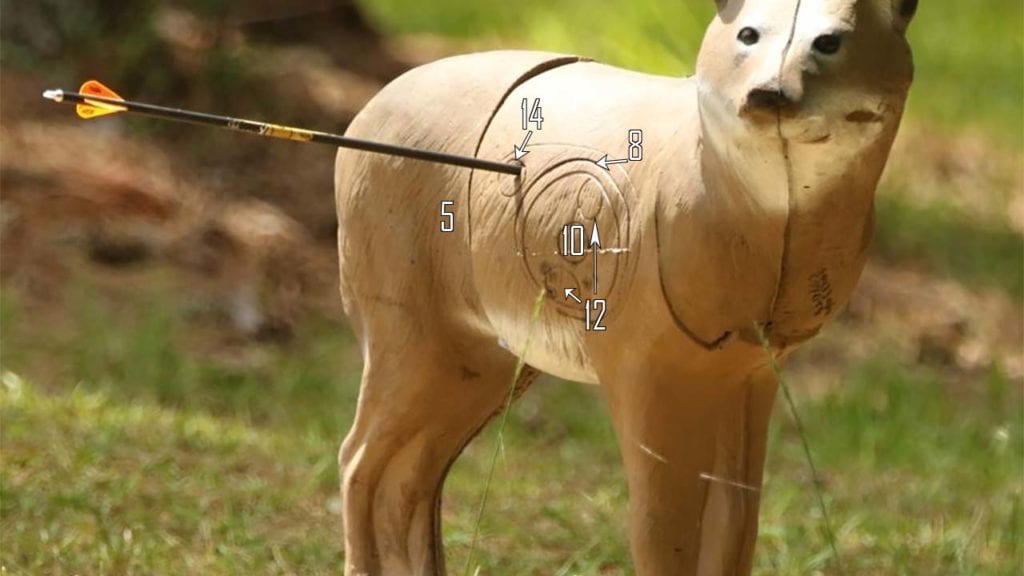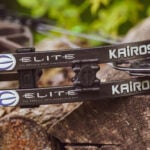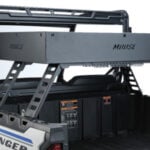If you’re thinking about getting into competitive 3-D archery, there are two acronyms you’re going to hear over and over; ASA and IBO. What exactly are they, and how do they differ from one another?
To begin, IBO and ASA are the two predominant organizations in the 3D archery world today. But even though they both sponsor tournaments involving shooting arrows at 3-dimensional foam animals ranging from bobcats to mule deer, they are different organizations with different sets of rules.
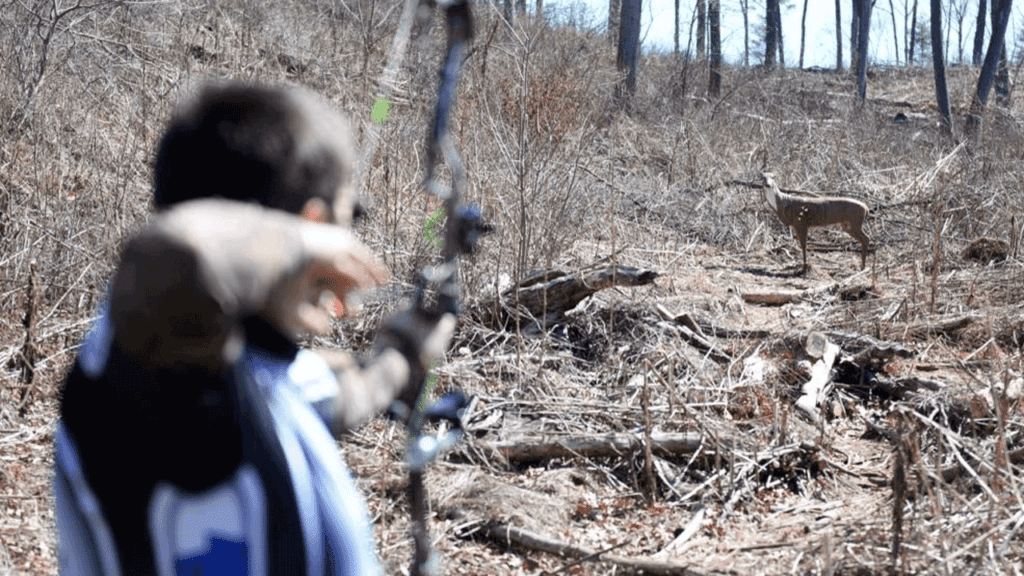
3D archery is a popular sport which blends together the precise accuracy of target archery with the simulated hunting scenario of shooting outdoors at animal-shaped targets.
Here’s what you need to know about both 3D organizations.
ASA stands for Archery Shooters Association. They are a Georgia-based organization that puts on seven tournaments a year – mostly in the southern U.S. – for both professional and amateur archers.
An ASA tournament consists of shooting two, 20-target courses over two days. Each target features a number of scoring rings designed to imitate the vitals area on a live animal. An arrow that hits outside all scoring rings is worth 5 points. An arrow inside the largest ring, but outside all the others, is worth 8 points. The large, circular ring inside the 8-ring is worth 10 points, while arrows that land inside the small rings within the 10-point area are worth 12 points.
There are usually three small rings inside the 10-point area. For ASA, only the high and low circles are worth 12 points. The ring in the very center is only worth 10 points. During competition, only the lower 12 ring is normally in play. An archer has to specifically say he or she wants to hit the upper 12 ring to earn the two bonus points. Otherwise, an arrow hitting there is worth 10 points. When the upper 12 is called by the archer, the lower 12 is then only worth 10 points.
Many 3-D animal targets also feature one small scoring circle that’s in the 8-point scoring area, right on the line separating the 5-point area. That ring is used only in ASA pro classes during “shoot-downs”, and it’s worth 14 points. (We’ll discuss the shoot-downs in just a bit.) The 14-point ring offers a high risk/high-reward opportunity. It offers the most bonus points of any scoring ring on the target, but if an archer just barely misses it, they’ll likely score an 8 or a 5.
In most classes, ASA winners are determined by adding the scores from both days. In the pro classes, the top five or six archers in each class after the two days of competition advance to a shoot-down. There, the final archers shoot an additional six arrows to determine the winners.
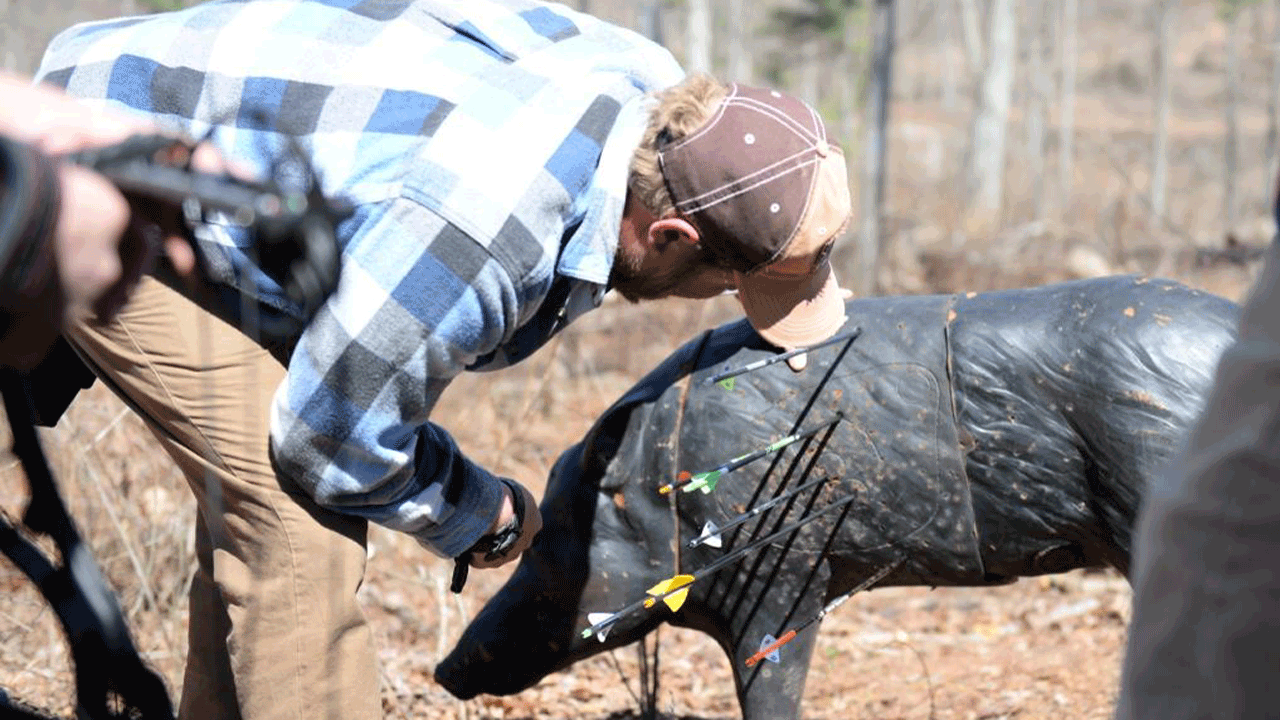
A shooter checks to see how he’s scored on a hog target.
Depending on the class, ASA limits archers to arrow speeds of either 290 or 280 feet per second. Unless otherwise specified, targets can be shot at any distance out to a maximum of 50 yards. In the “unknown” classes, the target distances are unmarked and rangefinders are not permitted. In the “known” classes, target distances are marked and competitors may use rangefinders.
Open classes allow just about any archery equipment to be used. Fixed-pin classes allow sights bearing one or more pins that must be locked into place once competition begins. Magnifying lenses are allowed in some classes, but not others.
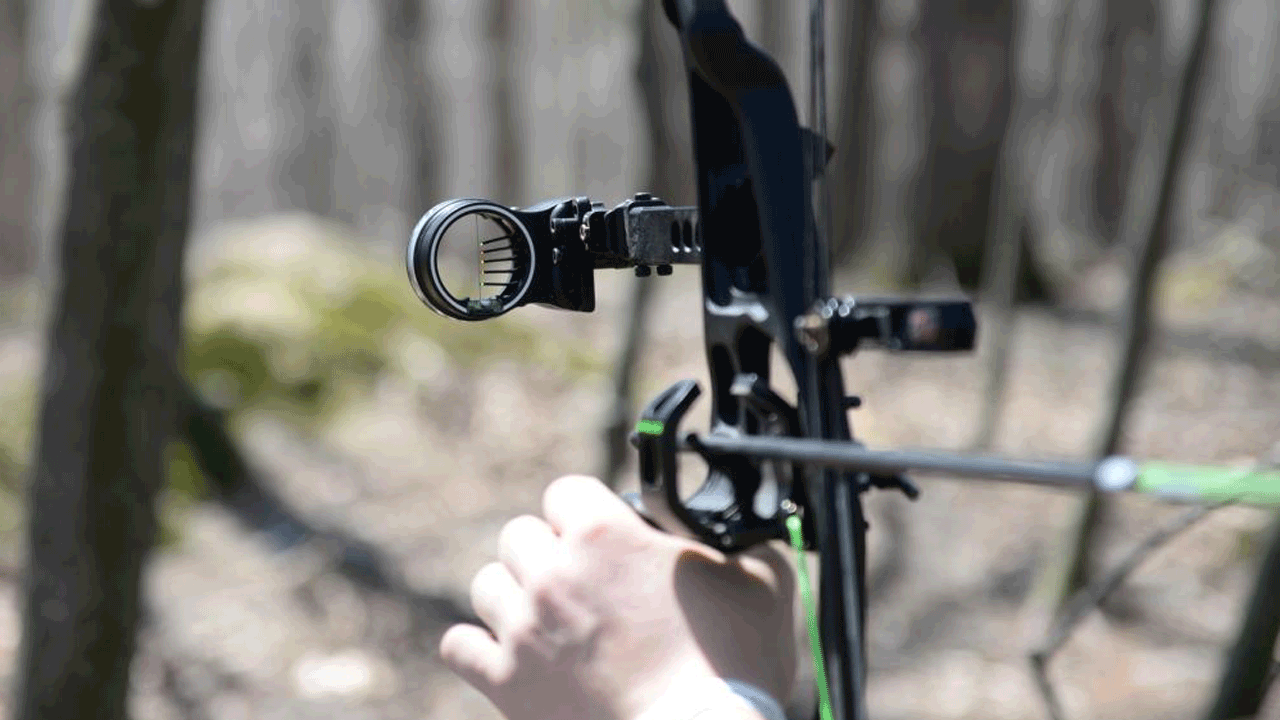
This fixed-pin sight is typical of those used in ASA fixed-pin classes and IBO hunter classes.
Front stabilizers in fixed-pin classes can be no longer than 12 inches from the riser face. Rear stabilizers can be no longer than 6 inches from the riser below the grip.
All of the ASA tournaments typically draw over 2,000 archers. The organization’s biggest event of the season is the last – the ASA Classic, held in August. If there’s one tournament ASA competitors want to win, it’s the classic.
IBO stands for International Bowhunting Organization. It’s based in Ohio, and produces eight tournaments a year, including an indoor competition and one for traditional archers only. IBO tournaments are mostly held in the Midwest.
A typical IBO tournament consists of shooting two, 20-target courses over two days. There is no shoot-down. The targets are marked and scored just like the ASA targets, except the only bonus ring is the one in the center of the 10-point area. (That’s the ring ASA doesn’t recognize.) Arrows hitting that ring are worth 11 points.
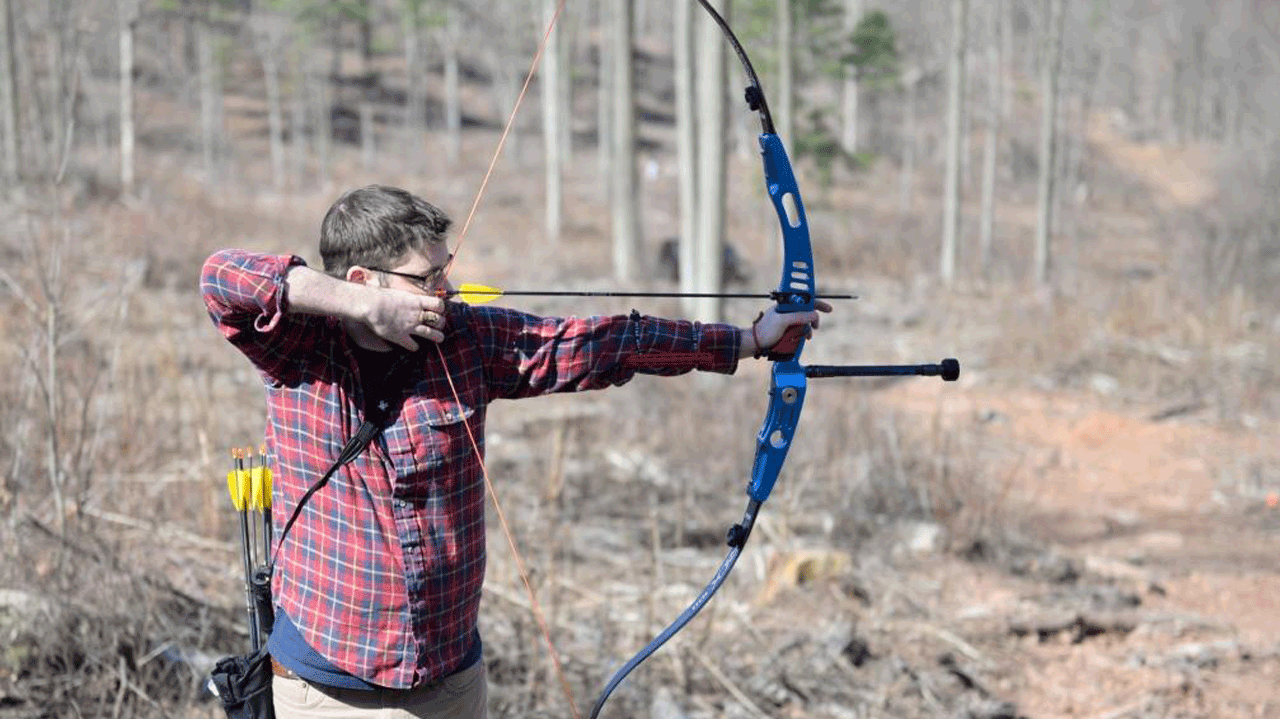
IBO has competition classes for traditional archers.
IBO has a broad spectrum of shooting classes with a variety of equipment rules – including classes for traditional archers. Bowhunting.com fans who want to use their bowhunting equipment should know that IBO has a Hunter Class with the following equipment rules:
- Sight with fixed pins and no magnifying lens.
- Arrows must have screw-in points and at least three fletchings no less than 2 inches long.
- Both front and rear stabilizers are allowed, but there can be only one connection point for both, and neither can extend more than 12 inches from the point of attachment.
All IBO archers must use arrows that weigh at least 5 grains per pound of the bow’s maximum draw weight, and those arrows cannot fly faster than 290 fps. IBO limits maximum draw weights to 40 pounds for kids 9-12, 60 pounds for kids 13-17 and for women, and 80 pounds for all others.
In IBO tournaments, shooting is always at targets placed at unmarked distances, and rangefinders are not permitted. Currently, there are no known-distance classes in IBO. The longest distance that might be shot in an IBO tournament is 50 yards.
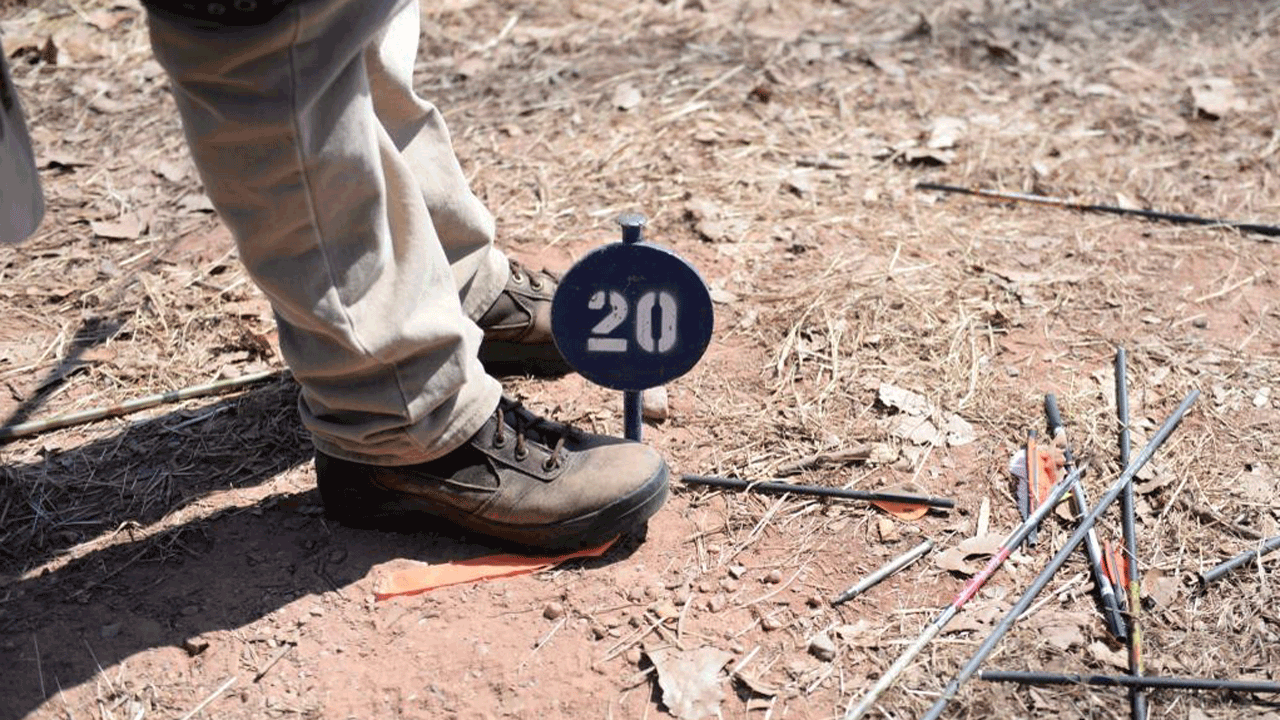
Standing at a target stake to shoot.
IBO’s tournament series features three legs of its Triple Crown Series. Archers try to win all three of those to be crowned the Triple Crown National Champion. IBO also holds a World Championship, which carries another coveted title. The World Championship is IBO’s last tournament of the season, and it’s typically held in mid-August.
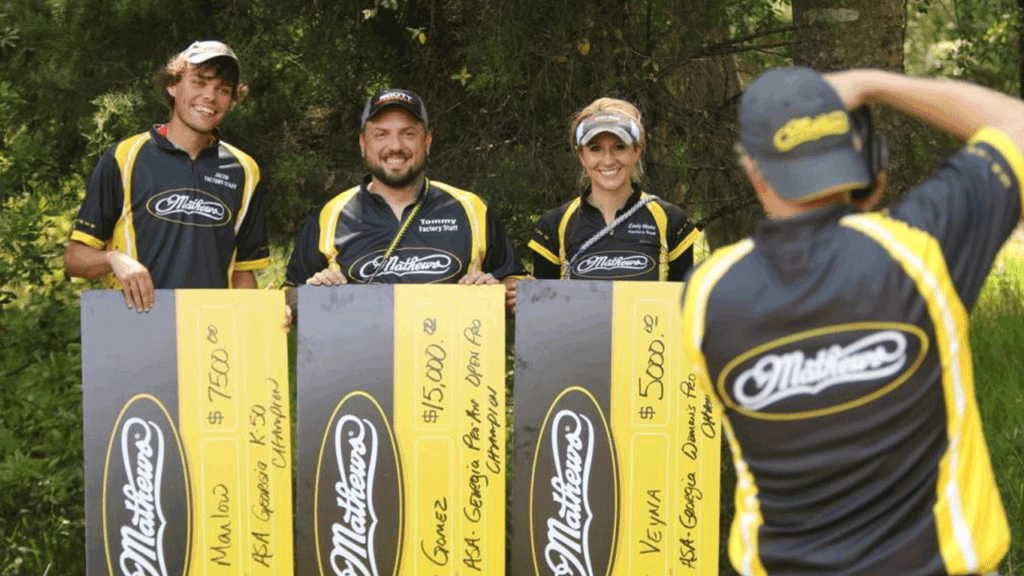
Pro archers can win big money at both ASA and IBO tournaments.
Whether you compete in IBO or ASA events, you can shoot your hunting gear or you can opt for specialized, target equipment.
Target bows tend to be longer axle to axle than hunting bows. This makes them more forgiving, meaning, they tend to hide minor mistakes in form, while shorter bows accentuate those mistakes. Bows 37-40 inches long are common on the 3-D course.
In the open classes, any sights are legal, and many archers opt for single-pin, adjustable sights, bearing magnifying lenses. They prepare sight tapes, which allow them to set the sight pin at a specific yardage, so they are always aiming at a pin. To make sure they can see their pins regardless of the lighting, archers add light kits to their sights, which illuminate the sight fiber.
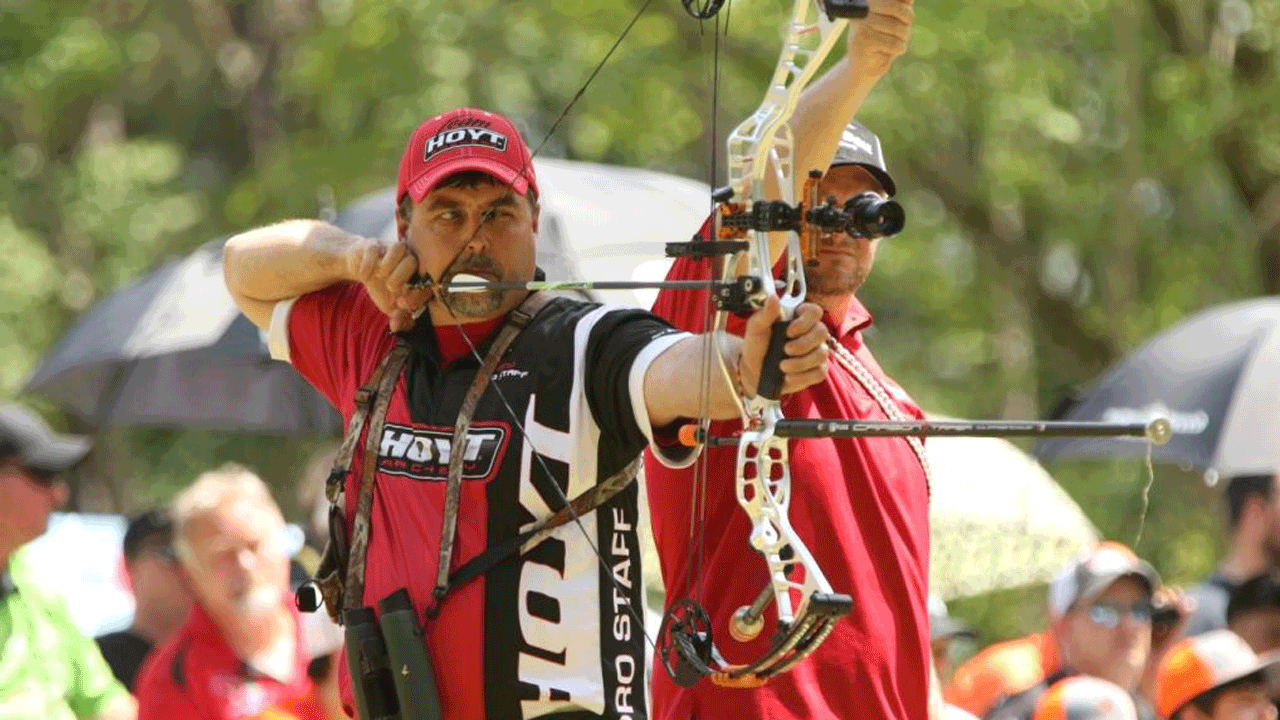
Hoyt pro Tony Tazza shoots with a long stabilizer, a side rod and adjustable sight with a magnifying lens – all typical gear for the open classes in both ASA and IBO.
Also in the open classes, archers will use long front stabilizers, measuring up to 36 inches, and one or two side rods, which usually are 12 or 15 inches long. All stabilizing rods will have a significant amount of weight on the ends. All of these measures help make the bow sit rock steady at full draw.
3D arrows are built for speed and to cut lines. So they are fatter than hunting shafts, yet not as large as those used for indoor target archery. Common hunting shafts have an inside diameter of .246 inches, while a 3-D arrow could measure as much as .370 inches inside.
Very few of the top 3-D archers use the wrist-strap, index finger mechanical releases often carried by bowhunters. Instead, many use thumb-activated releases or hinge – aka “back tension” – releases. These are designed to provide the surprise release target archers prefer to avoid flinching at the shot.
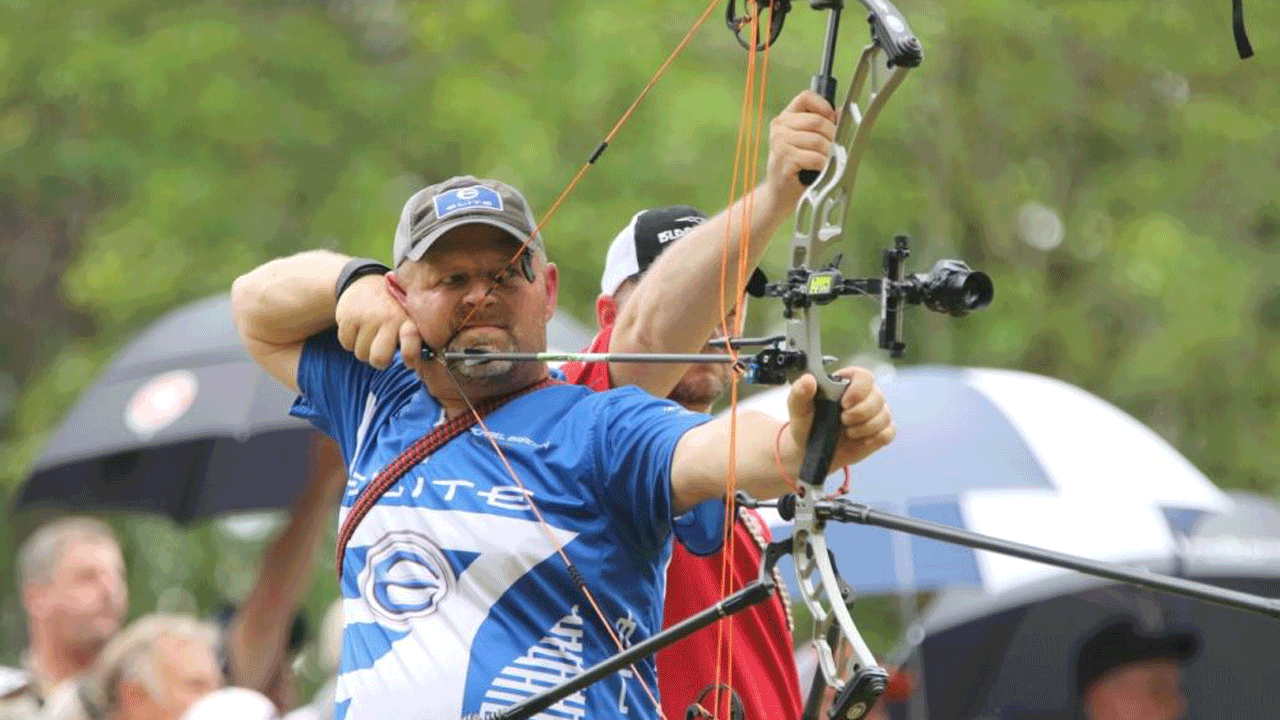
Pro archer Michael Braden is one of the few 3-D pros who use a wrist-strap, index finger release.
A good pair of binoculars are worth their weight in gold on the 3-D range. Go for at least 10-power, although 12- or 15-power are even better. They will help you see exactly where the scoring rings are located on the targets.
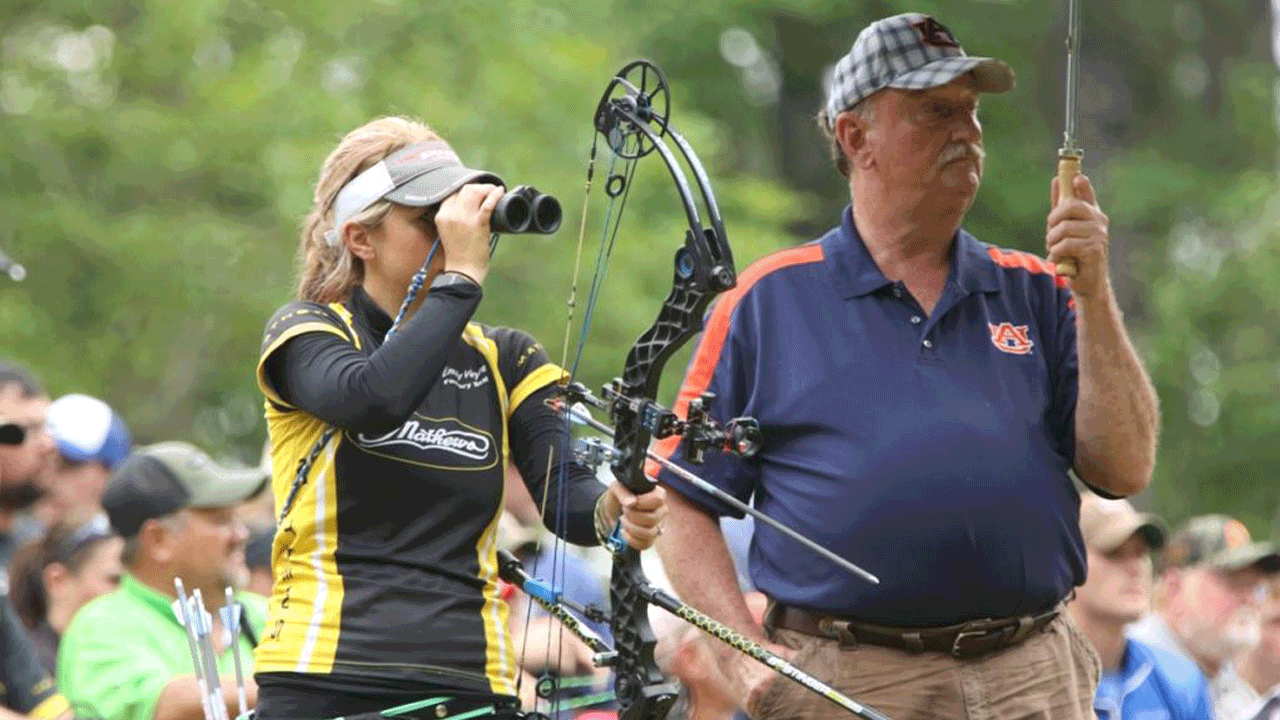
Mathews pro Emily McCarthy eyes a target with high-powered binoculars to find the scoring rings.
The popularity of competitive 3-D archery is on the rise. It’s a fun game, and a great way to practice for the coming bowhunting season. For more information on ASA, go to https://www.asaarchery.com/. For more information on IBO, go to http://www.ibo.net/.

 By
By 